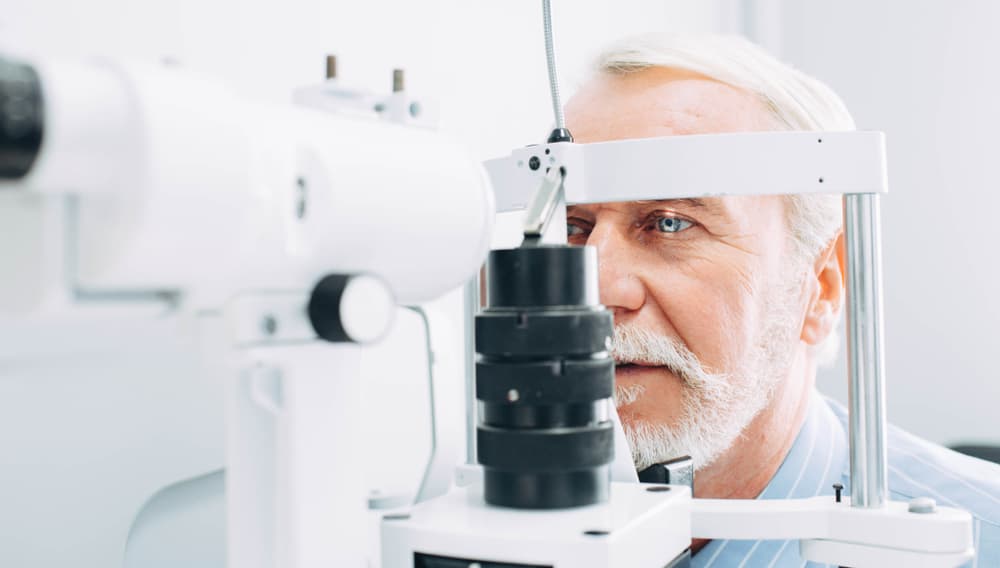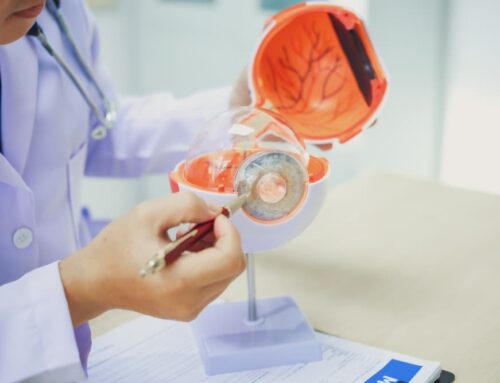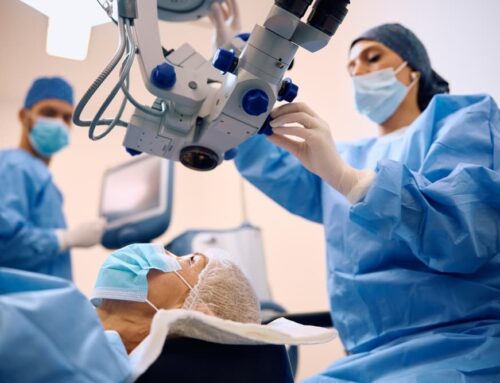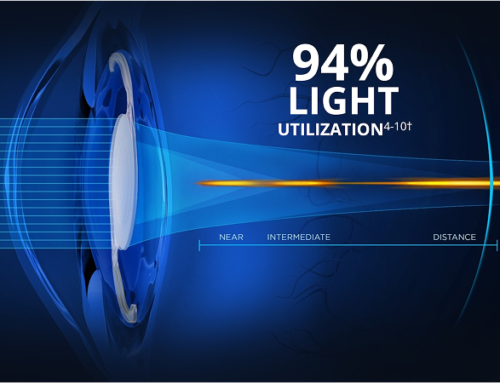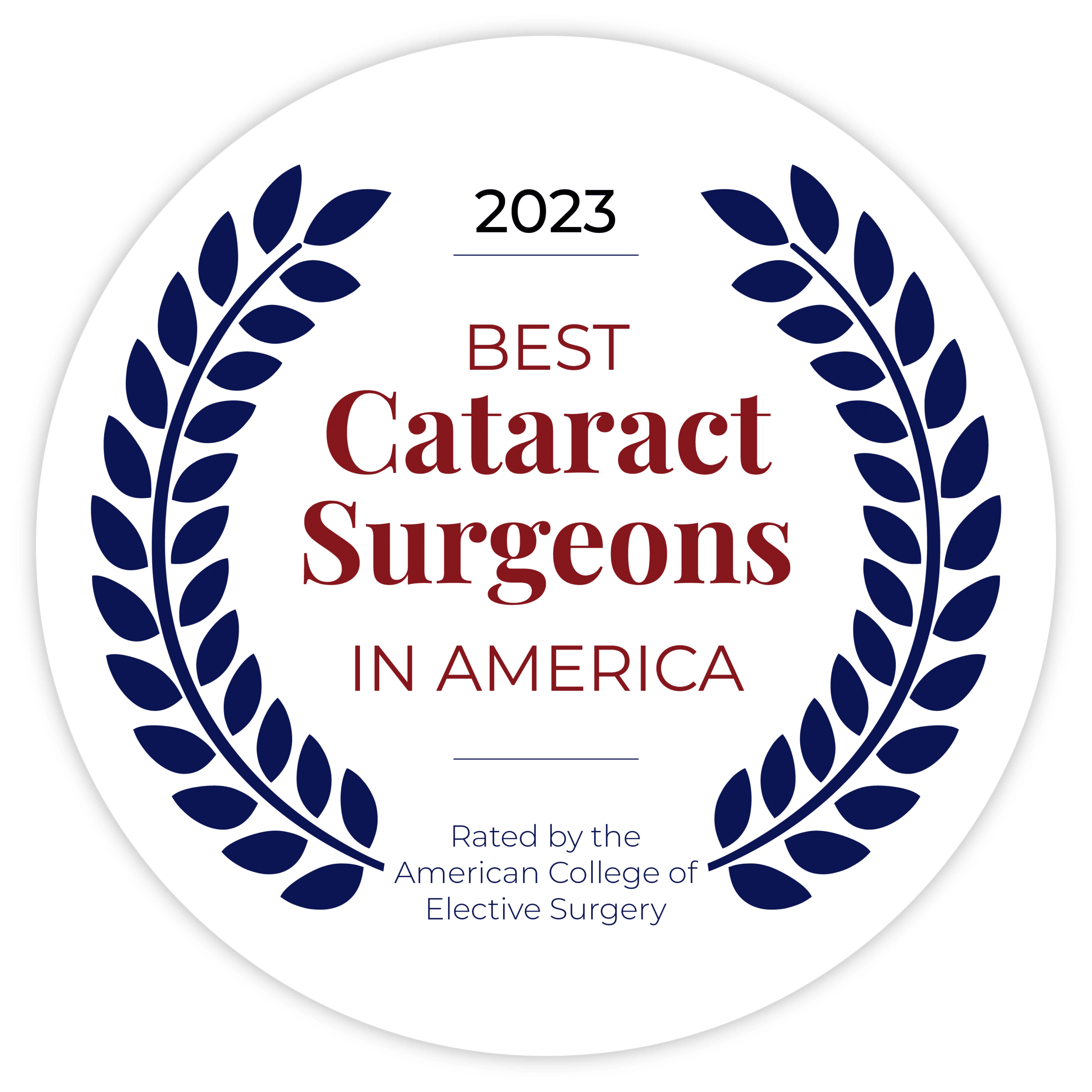For nearly all of us, chronic eye conditions happen eventually. Statistics tell us about 3 million Americans have glaucoma. It is the second leading cause of blindness worldwide. In addition to this, cataracts affect more than 24.4 million Americans aged 40 and older. By age 75, approximately half of all Americans have cataracts. According to the National Eye Institute, over half the people in the United States over 80 years old either currently have cataracts or have had them removed surgically in the past. As you age, these eye conditions aren’t a matter of if, but when.
As you begin to notice trouble with your eyes, you know you’re not seeing as well as you used to but you’re not sure of the underlying issue. Let’s help you in your journey towards better sight by discussing glaucoma, cataracts, and the main differences between the two.
What is Glaucoma?
Glaucoma is a group of diseases that damage the eye’s optic nerve and can result in vision loss and even blindness. Open-angle glaucoma, the most common form, results in increased eye pressure.
Vision loss from glaucoma usually affects peripheral vision (what you can see on the side of your head when looking ahead) first. Later, it will affect your central vision, which is needed for seeing objects clearly and for common daily tasks like reading and driving.
At the present time, there is no cure for glaucoma. If it’s caught early, you can preserve your vision and prevent additional vision loss. It is treated with eye drops, oral medicine, surgery, or a combination of treatments. This is done to reduce pressure in the eye and prevent permanent vision loss. Taking action to preserve your vision health is key to your long-term success!
What are Cataracts?
If you have “cloudy” vision, it’s possible you are suffering from cataracts. In order to explain it, let’s first understand the anatomy of the eye itself. Inside of your eye, a clear lens allows light to enter. This enables images from the outside world to be projected onto your retina at the back of your eye. As you age, the proteins inside your eye break down. These proteins can stick together, forming clumps that are whitish, yellow, or brown in color. These lumps cloud, block, or distort your vision, and are called cataracts.
Symptoms of cataracts include:
- blurred vision
- double vision
- poor night vision
- extra sensitivity to light
- colors seem pale or faded
- frequent changes to your eyewear prescription
If you recognize any of these symptoms, it is time to see a trusted ophthalmologist. He or she will be able to detect cataracts with a simple dilation test during a routine eye exam. Your ophthalmologist will place eye drops into your eyes to temporarily dilate (widen) your pupil. This makes it easier for your ophthalmologist to see any cataracts on your lens.
If your cataracts are small, you may be able to change your prescription to deal with changes to your vision. If your cataracts are advanced, the ophthalmologist may recommend surgery. Don’t worry if this sounds a bit nerve-wracking. Cataract surgery is a very common procedure that typically delivers good results.
Visit a Reno Ophthalmologist to Learn More
The CDC tells us that half of people with glaucoma don’t know they have it, yet early intervention is key to treating it. We encourage you to get a healthy start in 2022 by learning about glaucoma and cataracts, and take steps to reduce your risk of vision loss!
Glaucoma and cataracts are both common chronic eye diseases, but they affect your eyes very differently. Whether you feel you have cataracts, glaucoma, or you’re still not sure, it is time to book an appointment with an ophthalmologist. Since the 1950s, Eye Care Professionals of Reno has had a long tradition of setting the standard for excellent medical eye care. Our highly experienced ophthalmologists remain at the forefront of the field. We feel very fortunate and privileged to work towards the all-important task of preserving, restoring, and improving vision for our patients!




